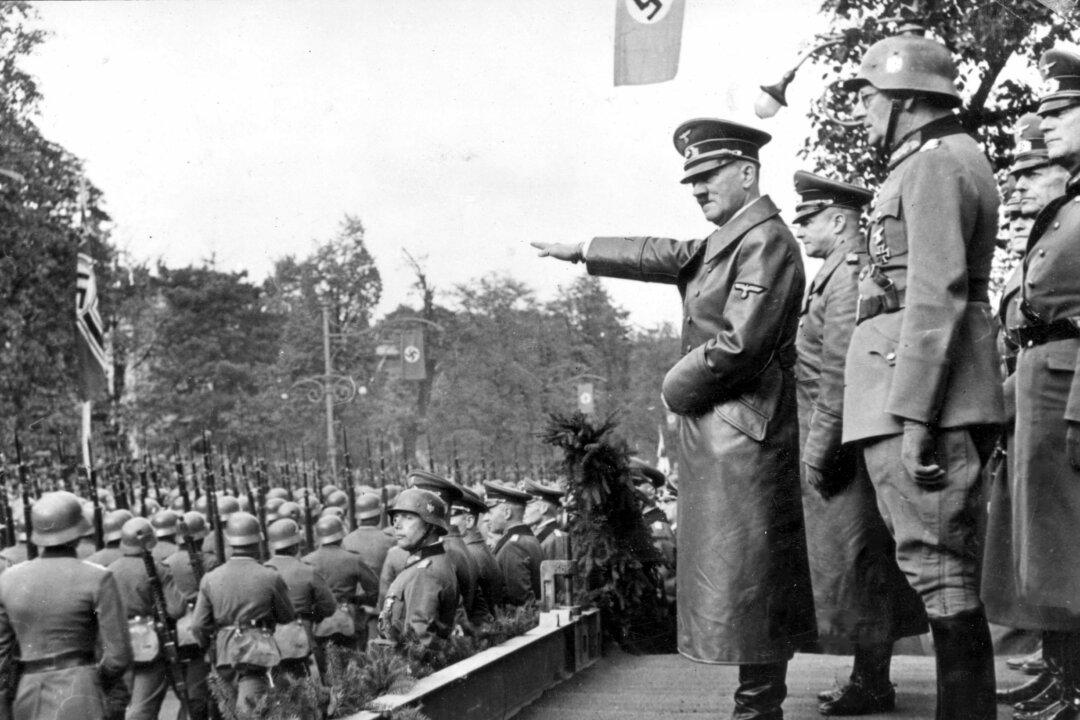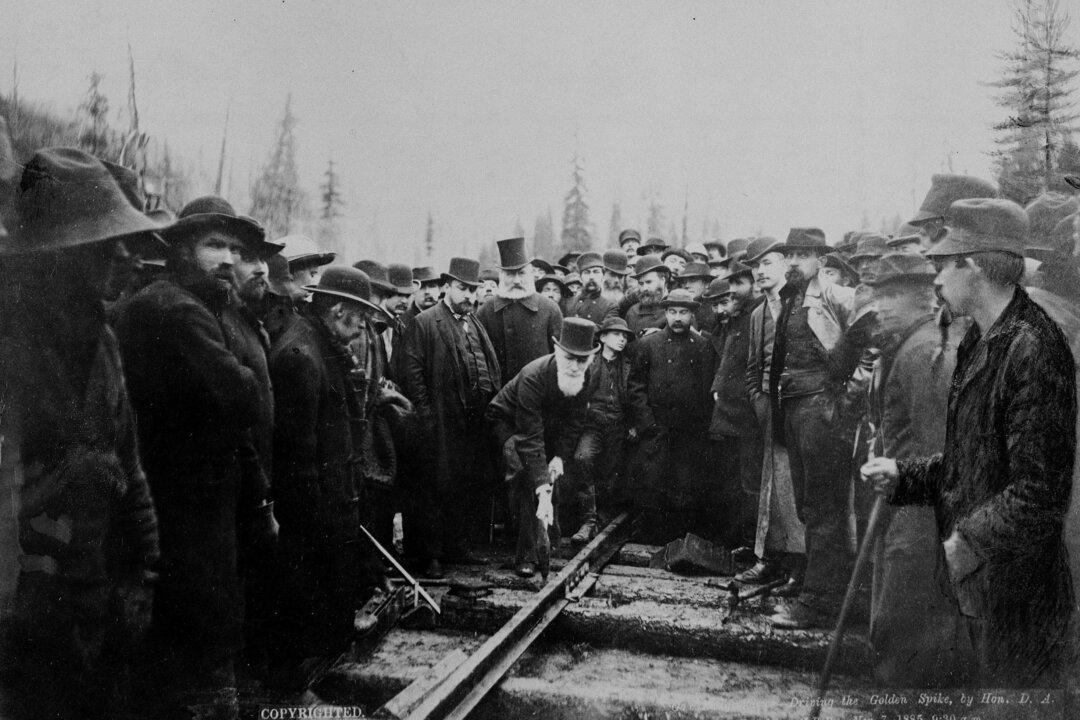A marriage of convenience that included a secret protocol between two totalitarian regimes—Stalin’s Soviet Union and Hitler’s Germany—not only triggered the Second World War but also left a trail of unprecedented human suffering and mass destruction in its wake.
Soon after the Molotov-Ribbentrop Pact was signed by the foreign ministers of Soviet Russia and Nazi Germany on Aug. 23, 1939, the regimes jointly invaded Poland, beginning the deadliest conflict in human history.





